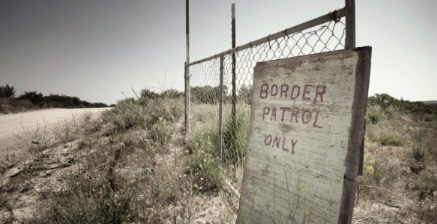
Punitive border deterrence policies- the consequences can be lethal
Thirty years ago, the U.S. government officially launched the Prevention Through Deterrence policy at its southern border. This strategy is much like the one currently used in the European Union in places like Greece and North Africa. The approach, with its punitive immigration policies, ignores the humanity of migrants and undermines their right to freedom of movement, enshrined in international law. When people are robbed of their humanity and their rights are stripped away, exploitation and human trafficking flourish.
Disappearing into nowhere
The aim of the “deterrence policy” used by both regions is to force irregular migrants into having to travel such “hostile terrain” that the journey becomes too dangerous. Whether trying to cross the U.S. southern border by land or European borders by sea, the high risk of death discourages people from even trying. The reasons people leave home for somewhere else are endless. However, it often involves actual or threatened violence and exploitation in their home country. For people in desperate circumstances, deterrence policies don’t work. But this is increasingly leading to the deaths of men, women, and children in shocking numbers. A recent report by Amnesty International shone a light on the death toll at the U.S. border with Mexico through personal accounts from family members whose loved ones disappeared or died while attempting to join them in the U.S.
Wagner, a young man whose younger brother Rony was trying to make the crossing but disappeared, said:
“I can’t believe a person is lost just like that and disappears into nowhere. That can’t be possible.”
Wagner, who had done the trip himself, advised his brother that it was not easy. While explaining the risks, he warned, “This is not a game.” But despite his brother’s advice, Rony still didn’t make it.
Over the thirty years of the U.S. deterrence policy, migrant groups estimate somewhere between 10,000 and 80,000 people have died at the border. The migrants are mostly Brown, Indigenous, and Black people from Latin America.
